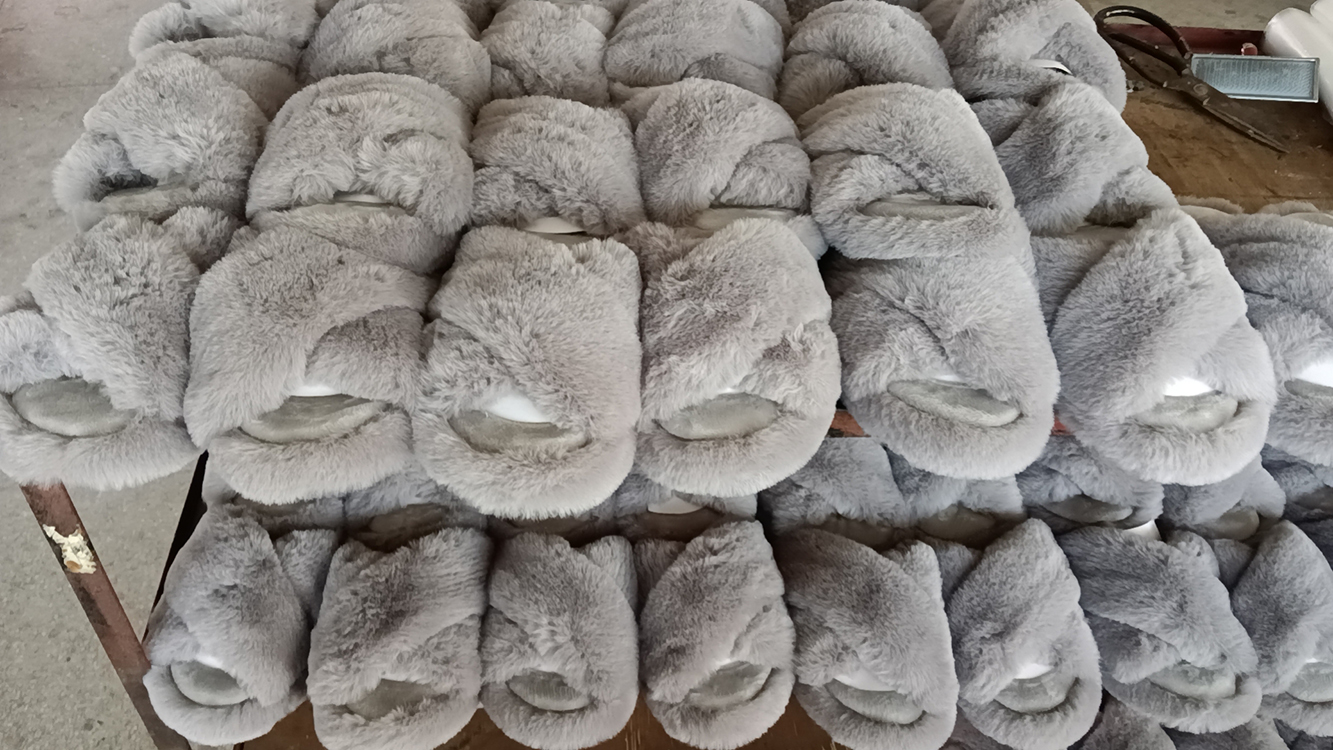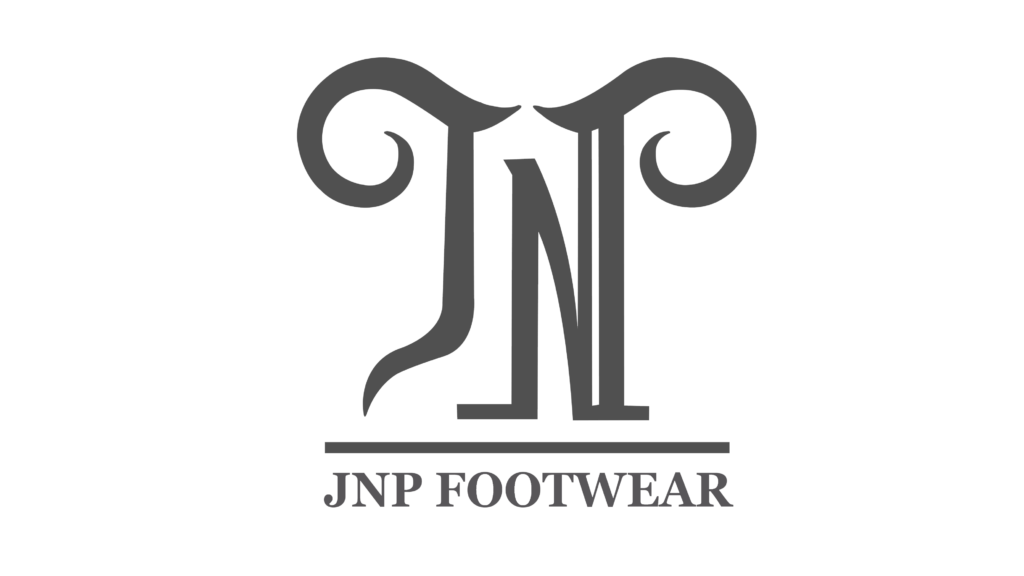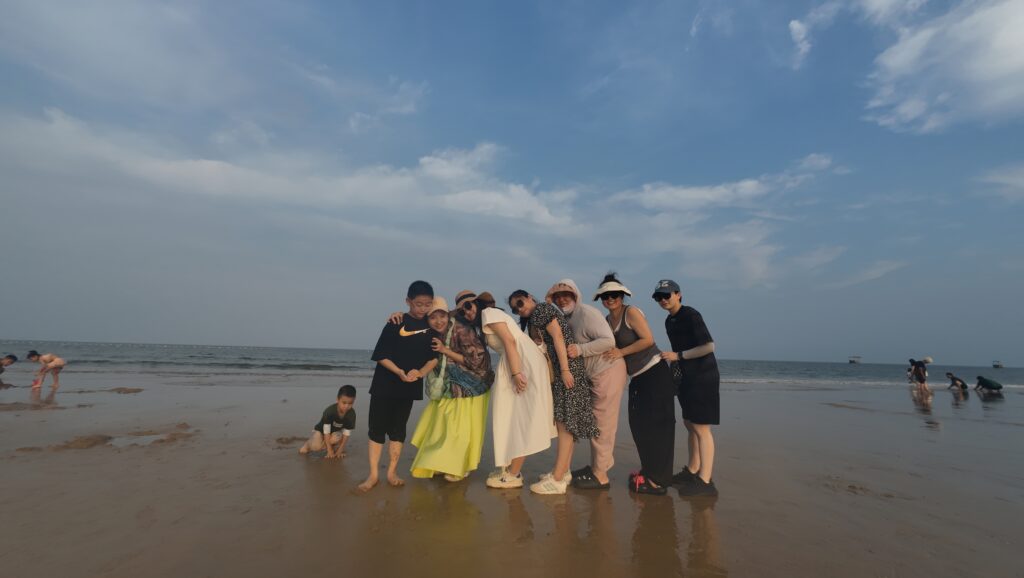The slipper wholesale market1 is crowded, but failing to choose the right products leads to wasted inventory and lost profits.
To maximize profits, wholesalers should focus on trending designs2, verified materials, and reliable suppliers who can provide customization and eco-friendly options3.

Choosing the right slippers for wholesale is not just about style. It is about knowing what sells fast and sustains your brand reputation. I have seen buyers stuck with outdated or poor-quality stock. But the right partner makes all the difference. Let’s look at how to find them.
What slipper styles bring the highest profits?
The wrong styles stay unsold, draining your cash flow. The right ones sell fast, keeping your stock fresh and margins strong.
Focus on trending designs2 like fuzzy slippers, Birkenstock-style slides4, and eco-friendly wool options5 to meet market demand and boost profit margins.

Dive Deeper: Understanding Style Trends and Customer Preferences
From my work with brands like Amelie in the US and Rural's trendy collections, I know how important it is to follow style cycles6. Fashion buyers prefer:
| Style Category | Market Demand | Typical Customers |
|---|---|---|
| Wool slippers5 | High | Cold-weather markets like New Zealand and Europe |
| Furry indoor slippers7 | Rising | Young urban buyers in USA and UK |
| Birkenstock-style sandals4 | Stable | Unisex lifestyle brands worldwide |
| UGG-style slippers8 | Seasonal peak | Australia, USA in winter |
| Minimalist home slippers9 | Niche | Japanese and Korean lifestyle stores |
Choose based on your target markets. I often suggest starting with 2-3 core styles and adding seasonal products to test new markets.
How do you check slipper quality before placing a wholesale order?
Poor quality slippers lead to high return rates and negative reviews. Good quality slippers lead to repeat orders and customer loyalty.
Always request material samples10, audit reports11, and small-batch test orders from your supplier to verify quality and compliance12.

Dive Deeper: Key Quality Checks for Slippers
My suppliers and I follow strict processes to ensure each product meets international standards13. Here is a quick checklist I share with all my clients:
| Checkpoint | Why It Matters | How to Verify |
|---|---|---|
| Upper Material | Comfort, durability, breathability | Eco-friendly certificates14, hand feel |
| Sole Quality | Non-slip, wear resistance | Flex test, slip test reports |
| Stitching & Construction | Product lifespan | Visual inspection, pull test |
| Compliance | Market entry legality | CPSIA, REACH, or similar test reports12 |
| Packaging | Safe delivery, brand value | Drop test, moisture resistance |
I always advise my clients to run a pre-production sample approval process. This saves time and money in the long run.
Which suppliers provide the best customization and small MOQ options?
Most suppliers require large minimum orders. This locks you into inventory that might not sell. But small MOQ suppliers15 help you stay flexible.
Look for suppliers offering custom logos16, eco-friendly materials14, and small batch production—especially for fashion brands and online sellers.

Dive Deeper: Finding Flexible and Reliable Suppliers
I have worked with eight factory partners17, each specialized in different processes. Some key things I learned:
| Supplier Type | Strengths | Ideal For |
|---|---|---|
| Small batch factories | Flexible MOQs, fast trend adoption | Online brands like Rural |
| Large certified factories | Audit reports, consistent quality | Designer brands like Amelie |
| Material-specialized factories | Unique materials, eco-certifications14 | Eco-conscious brands and retailers |
| Long-term partner factories | Stable processes, predictable schedules | Seasonal bulk orders |
If you are an emerging brand, I suggest starting with small batch customization. Then scale up when sales stabilize.
How do you balance cost and eco-friendly materials?
Eco-friendly materials14 boost brand value but raise production costs. Striking the right balance protects your margins.
Start with partially renewable materials18 like recycled polyester fleece or eco-suede, and negotiate pricing based on volume.

Dive Deeper: Cost vs. Sustainability Trade-offs
Many buyers from New Zealand and Europe want sustainability19. But price is still critical. Here's how I guide my clients:
| Material Type | Eco Level | Cost Impact | Suitable Markets |
|---|---|---|---|
| Recycled polyester | Medium | +10%-20% | Fashion brands |
| Wool blends | High | +20%-30% | Cold markets |
| Vegan faux suede | Medium | +15%-25% | Lifestyle brands |
| Standard faux fur | Low | Base price | Price-sensitive |
I usually help my customers adjust their product mix to include eco-friendly hero items and cost-effective staple products.
Conclusion
Choosing the right slippers, verifying quality, and working with flexible suppliers is key to maximizing your wholesale profits.
Footnotes
-
The slipper wholesale market is highly competitive, and understanding it helps you avoid inventory risks. ↩
-
Trending designs sell faster, improving your cash flow and reducing unsold stock risks. ↩ ↩
-
Customization and eco-friendly features add brand differentiation and meet rising consumer demands. ↩
-
Birkenstock-style slides are a timeless unisex favorite with consistent global demand. ↩ ↩
-
Wool slippers meet strong seasonal demand in colder climates. ↩ ↩
-
Style cycles help predict which products will be popular in upcoming seasons. ↩
-
Furry slippers are highly favored by young, fashion-forward consumers. ↩
-
UGG-style slippers experience a sales peak during winter months. ↩
-
Minimalist home slippers cater to niche lifestyle stores seeking understated designs. ↩
-
Material samples help verify the comfort and durability of slippers before large-scale production. ↩
-
Supplier audit reports confirm factory capabilities and ethical compliance. ↩
-
Compliance with CPSIA, REACH, or equivalent standards ensures your products meet legal safety requirements in your target markets. ↩ ↩
-
International standards safeguard your products against safety and quality complaints. ↩
-
Eco-certifications prove your slippers use sustainable and responsibly sourced materials. ↩ ↩ ↩ ↩
-
Small MOQ suppliers allow you to test new designs and reduce inventory risks. ↩
-
Custom logos help build your brand identity on the products you sell. ↩
-
Long-term factory partnerships ensure stable production and reliable order fulfillment. ↩
-
Partially renewable materials reduce your carbon footprint while keeping costs manageable. ↩
-
Sustainability has become a key purchasing criterion for consumers in developed markets. ↩

